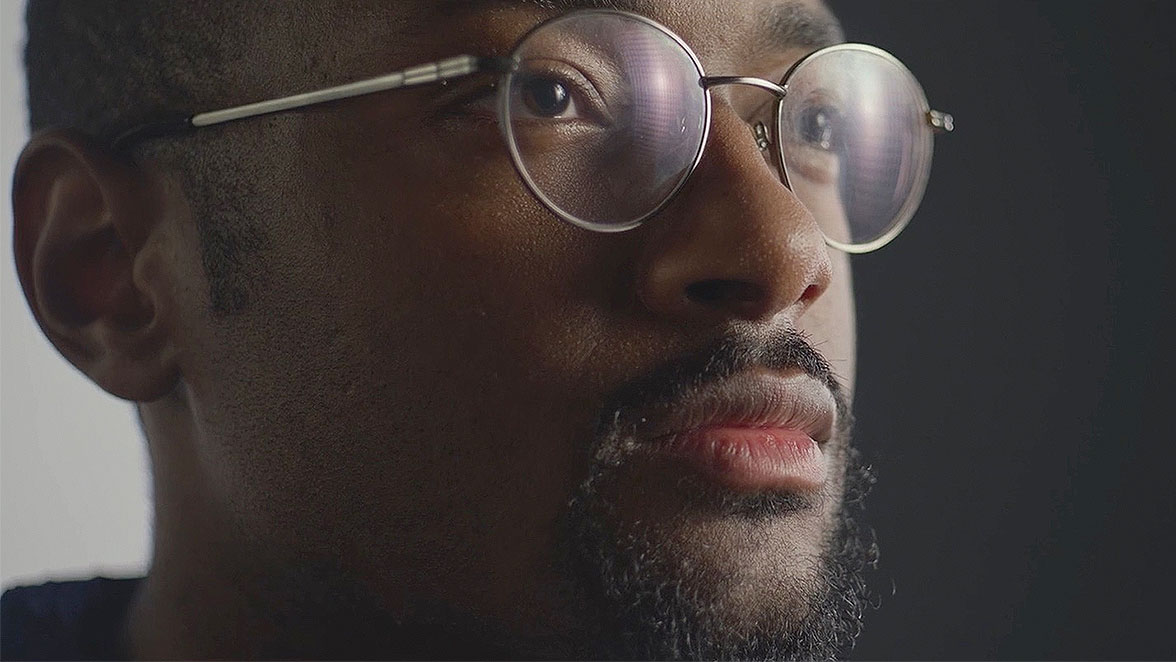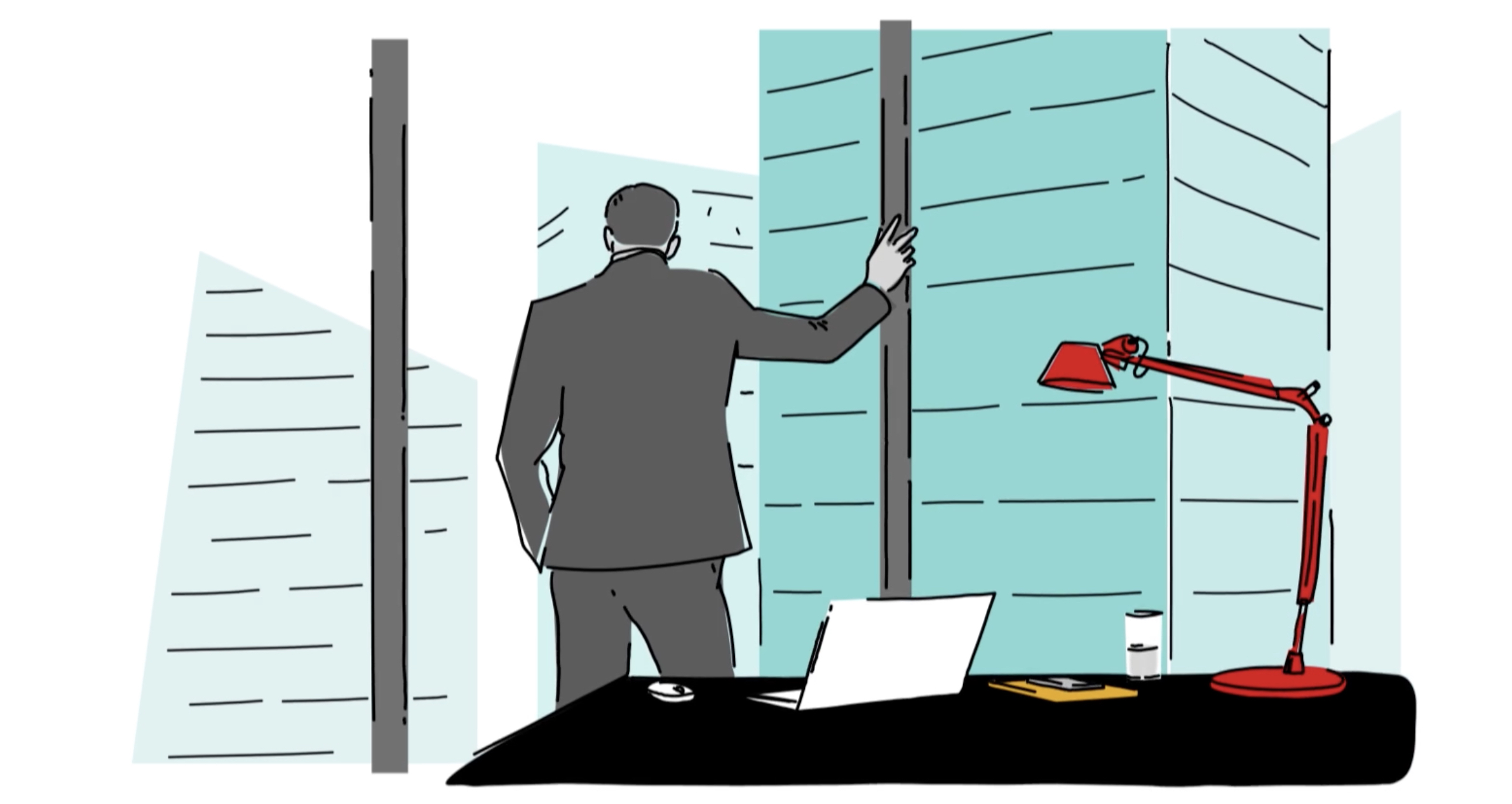
A quick blast of emotion but very little depth
Through our research, we’ve seen a lot of cliche in how video and animation is used to bring diversity, equity and inclusion to life. More often than not the films lack any meaningful or lasting emotional connection. We’ve also observed that a lot of brands and businesses don’t seem to get beyond just making a series of vague statements on film, which for us is a missed opportunity.
Something that ‘teaches me something new’ and ‘allows me to dig deeper’ are 2 of the top 3 reasons that people watch online video.
The answer is to go deeper into the subject rather than glossing over the surface
In terms of providing a more emotive connection – and potentially providing more useful and inspiring content – the answer is simply to spend more time with individual stories. This allows you to share hard won experiences in a meaningful way so that other people can benefit. We place this thinking at the heart of our diversity, equity and inclusion video and animation work.
Aveena’s Story
Sharing inclusive culture for Amazon
In this multi-award-winning series of short videos we celebrated the uniqueness of Amazon Ads’ employees, hearing their stories in their own words combined with an authentic mixture of personal and professional photography, user generated video and brand-lead motion typography.
How best to use multiple voices for videos about diversity and inclusion?
Death by talking head can be a real challenge for this sort of subject – with too many voices and too many topics mashed together. By trying to say everything, a well-meaning video can end up saying nothing. That’s why we love using conversations when we need to hear from a variety of people on a subject. They can be very powerful for diversity, equality, and inclusion too, moving things on from simply recognising diversity and onto modelling and demonstrating inclusion.
Standing together
Sharing sensitive stories for Sainsbury’s
We used conversation as a powerful tool to help people open up and share their stories of diversity and inclusion in action. It also allowed us to structure multiple stories into a single film that avoided the dreaded wall-to-wall talking heads.

